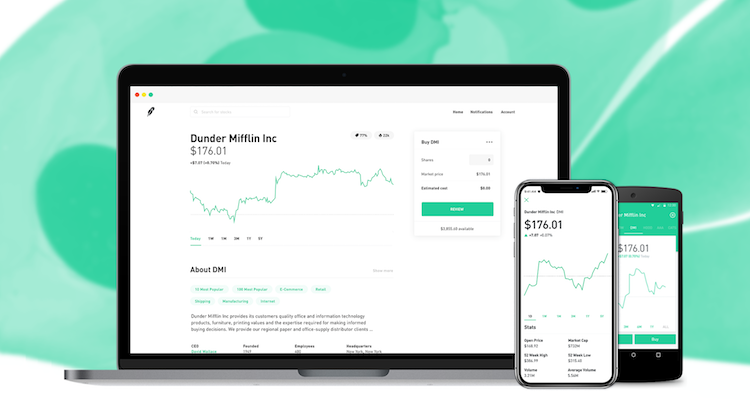Future of Investing
Why Robinhood is launching a social network
- Robinhood is launching a web platform in 2018 that makes the experience feel more like a social network than its mobile app
- The upgrade is meant to help the stock trading app deliver on its mission to be a source for financial education and information, but not through content marketing








